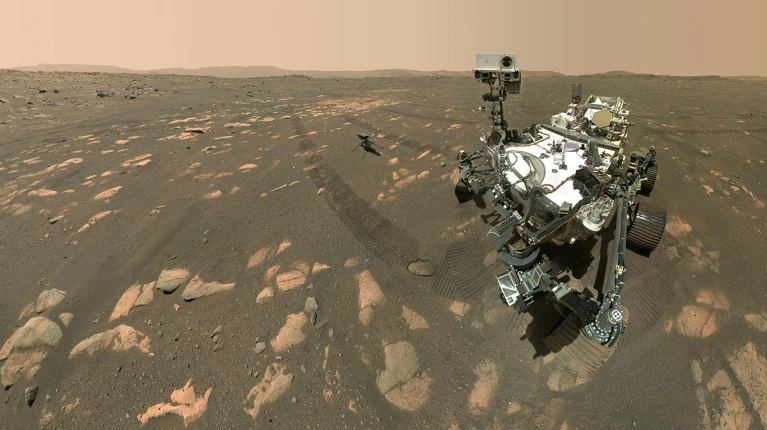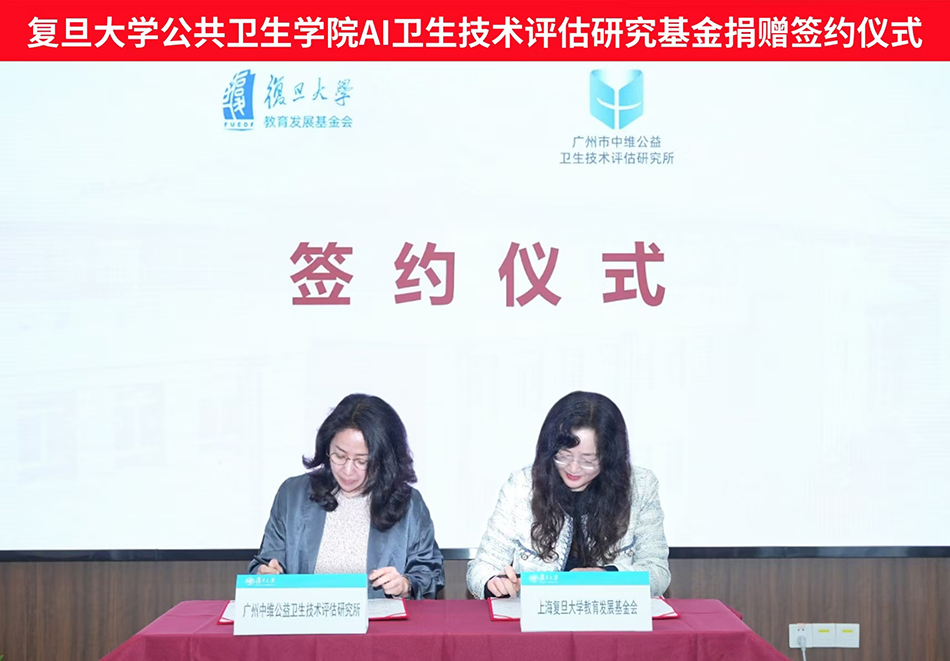
Artificial intelligence (AI) researchers have created a system that can autonomously conduct astrobiological research, AstroAgents, to study the origins of life in the universe. The relevant research results were recently published on the preprint server arXiv. At the same time, the researchers presented AstroAgents at the International Conference on Learning Representations held in Singapore.

Scientists hope to use AI agents to study rock samples retrieved from Mars. Image credit: NASA/JPL-Caltech/MSSS
AstroAgents consists of eight "AI agents" that analyze data and generate scientific hypotheses. It also incorporates other AI tools to automate the scientific research process from reading literature to formulating hypotheses to writing papers.
The tool's creators say they will use AstroAgents to study samples that NASA plans to bring back from Mars. The tools will help determine whether the samples contain organic molecules that would indicate past or present life.
Denise Buckner, an astrobiologist at NASA's Goddard Space Flight Center and one of the authors of the paper, said: "This helps us better understand how molecules are formed in space, formed in life on Earth, how they are preserved, and what signs we should look for next."
The tool is an example of an "AI agent" system. They are often based on large language models (LLMs) and are designed to be more active participants than traditional AI tools, deciding what needs to be done and how to do it, evaluating the results and responding. Their emergence has sparked heated discussions about whether "AI agents" can come up with truly original scientific ideas and how to define novelty. Michael Wong, an astrobiologist at Carnegie Science's Earth and Planetary Laboratory in the United States, said that applying "AI agents" to astrobiology is a new field.
To specify the behavior of the "AI agent," the researchers provided different prompts to the LLM. The research team tried using two LLMs to drive AstroAgents - Claude Sonnet 3.5 and Gemini 2.0 Flash. They provided each system with mass spectrometry data from eight meteorites and 10 soil samples taken from various locations around the Earth, and performed ten rounds of improvements.
As a result, Gemini came up with 101 hypotheses and Claude came up with 48. One hypothesis is that certain molecules found on Earth could serve as "reliable biomarkers" indicating the presence of life. Another hypothesis is that a group of organic molecules found in the two meteorites may have been formed through the same series of chemical reactions.
Buckner scored each hypothesis. She found that 36 of Gemini's hypotheses were reasonable and 24 were novel. In contrast, none of Claude's hypotheses were original, but they were less wrong and clearer than Gemini's.
Buckner said the number of hypotheses generated and the ability to identify patterns in complex mass spectra make AstroAgents useful for research. “It can do more than a single person can,” she said.
But it’s unclear whether AstroAgents has made a useful contribution, Wong says, because only one person evaluated its hypotheses. “If they had collected ratings from 100 different experts, the ratings would have been more convincing.” Even those hypotheses that scored higher, Wong says, didn’t provide him with “any new knowledge about the origin of life puzzle.”
Amirali Aghazadeh, a computer scientist at Georgia Institute of Technology and one of the authors of the paper, believes that the "AI agent" tool will make a meaningful contribution. "We are just getting started and have only scratched the surface," he said. "We should do a lot of work to understand the origin of life, and 'AI agents' will play a key role."
Related paper information:
https://doi.org/10.48550/arXiv.2503.23170
(Original title: "Scientists use AI to search for extraterrestrial life")


